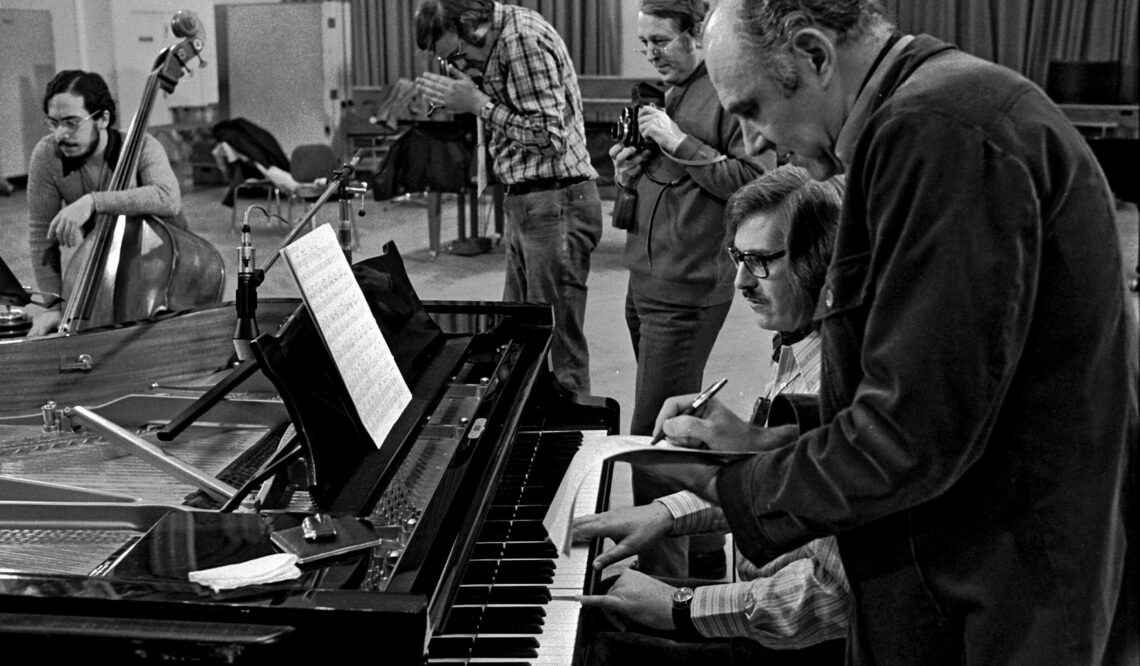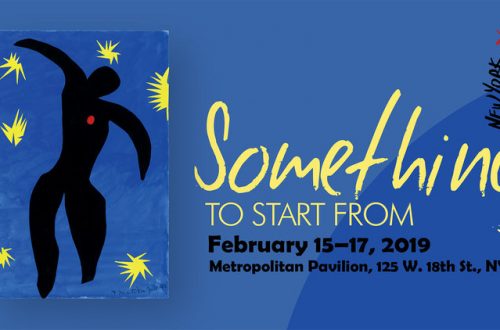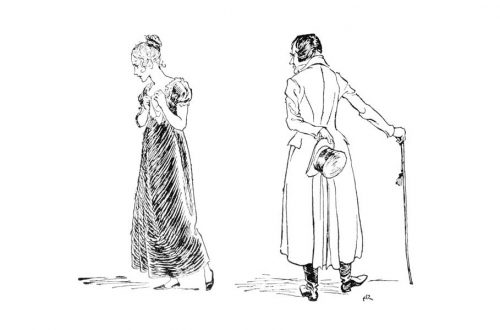by Timothy Dusenbury
Three Vignettes
March 1953, U.S.S.R. Chess Championships, Kharkov
During the fifth round of the Soviet junior championships, a young Latvian man, Mikhail Tal, is playing at the second table. He is only seventeen years old but already known for his reckless style in the clubs of Riga. Playing black, Tal opens with the Benoni Defense. The game runs more or less unremarkably until Tal’s twenty-fifth move. With Qxf3, Tal takes one of white’s pawns deep inside white’s territory with no clear exit strategy, a stunningly aggressive move that seems difficult to justify. But International master Nezhmetdinov is coaching at another table when a colleague approaches him with excitement, “Come look at what Tal is doing,” he said. “Incredible!”
It turns out he was setting up a daring and unusual queen sacrifice. Ten moves later his opponent was forced to resign. Later in his distinguished career, such a sacrifice would seem “vintage Tal.” But to those who were seeing it for the first time, it was something special.
June 1961, Manhattan
Pianist Bill Evans sits down to play with his trio at the Village Vanguard on 7th Ave. Evans is a rising star in the jazz scene, known for his erudite style. He was the one who had introduced Miles Davis to the music of Ravel. The recordings of that evening would eventually become, Live at the Village Vanguard and Waltz for Debbie. In them, you can even hear the occasional clink of a fork or bit of conversation between tracks.
The title track of Waltz for Debbie would become one of Bill Evans’ enduring favorites—a composed waltz tune that departs into improvisation.
February 1685, Nagoya
While on an extended trip from Edo (modern-day Tokyo) to Kyoto, the poet Bashō is in the midst of a two-month stay with his friend Hayashi Tōyō. He has been visiting various nobles and temples, seeking to gain footing as a sōshō, or master poet. One night Bashō and Tōyō decide to go boating on Ise Bay along with two other poets.
A few evenings later, the four would sit down to compose a renga, a linked poem of thirty-six stanzas. As the guest of honor, Bashō would write the opening stanza or hokku following the requirements—referencing the time (winter) and complimenting the host: the sea darkens and the voices of ducks are faintly white.
Greatness and the Ephemeral
Separated by three centuries, twelve thousand miles, cultural differences, and political antipathies, these three vignettes nonetheless have a lot in common.
First, they each represent the early work of a great artist. Tal would one day compete for the world championship. Bill Evans would play on Kind of Blue with Miles Davis and become one of the greats in his own right. Bashō would go on to write The Narrow Road to the Deep North, one of the greatest works of Japanese literature.
They were also all working in what could be called a “light genre.” Chess players might talk about “finding truth” in their discipline; but, in the end, Tal was not engaging in analytic philosophy or quantum mechanics. He was playing a game. Evans was performing club jazz for people who were there to eat dinner, unwind, and forget about the day. And the renga was a form developed for informal poetic gatherings. It was something for poets to do when they were worn out from the real work of reading and writing tanka — the more serious court poem of Japanese culture at the time.
Each of these vignettes is also notably a performance. Each took place in a given setting, at a particular time, and before an audience. An essayist, sculptor, or architect works in private over days or years, which allows for revision, perspective, and technical solutions. Tal, Evans, and Bashō all had a running clock and an audience.
Another similarity in these artistic situations is that they are dialogical. There is a back-and-forth to the event. After slamming out their memorized openings, Tal and his opponent, Isaac Birbrager, each made moves in response to the other. Thousands of games in the history of chess have opened with the Benoni Defense; but only one (so far as we know) has ended 38. . . . Bf4. Bill Evans’ trio was known for their “democratic” style. The group didn’t feature a clear frontman and backup. Evans’s concept of playing, in his own words, “depend[ed] on the specific personalities of outstanding players.” As one critic wrote of those recordings, “all members performed with perfect empathy and telepathy.”
In renga, too, poets take turns composing stanzas, each one linked only to the one previous. This lends the poem zig-zag quality. In The Sea Darkens, stanzas 31-33 were each written by a different poet:
his broken armor sent to his home (Tōtō)
in a Korean countryside he works a farm (Tōyō)
flower-scenting toshi dyed vermillion (Bashō)
While haiku is an international form that grew out of a renga’s first stanza, the need for call-and-respond makes renga rare in English. According to translator and poet William J. Higginson, “each poet wants to write nothing but the most brilliant verses.” While this is fine for the solitary form of the haiku, it would take too much time and obstruct the flow of a renga party.
That brings us to a final similarity between these three moments. Each of these artists were working with an understanding that almost everything improvisational is ephemeral. Little lasts. Most is lost. The seventeen-year-old Tal was not sitting at the board intending to stun generations or establish his style. He wanted to win a timed game. Evans’s trio had been playing at the Vanguard for two weeks before they finally recorded the event. Even then, they released just twelve tracks from five recorded sets. The legendary poet Masaoka Shiki—the man who coined the term haiku —judged most of Bashō’s nearly 1,000 hokku as “bad pieces, worthless pieces.” Bashō might not even protest. As he said himself, “the moment you take your composition down from the desk, it becomes waste paper.” But that’s not true, or at least not always.
Sometimes something does survive.
While working outside the crucible of performances like these allows for greater artistic refinement; the pressure of a time-bound, the ephemeral, and the dialogical can lead to surprising bursts of creativity and innovation. Thirty years after Tal’s death, chess players around the world delight in his magician’s flare. Nearly seventy-five years after those club recordings were made, we can listen to what Evans produced the last time he was able to play with the bass player Scott LaFaro. (In a twist of fate, LaFaro died just ten days after the recording session that gave us Live at the Village Vanguard and Waltz for Debbie.) And more than three centuries after Bashō’s companions sat down, we can still see in our mind’s eye, the Go player:
eyes closed for two days on a go move now he opens.
Follow the links below to explore further!
- Mikhail Tal’s Queen Sacrifice vs. Isaac Birbrager (1953)
- Bill Evans, “Waltz for Debbie” (1962 release)
- Basho’s Haiku

Timothy Dusenbury lives in northern Virginia with his wife and two young sons. He teaches high school, plays organ, and attempts woodworking projects. You can find his own music at timothydusenbury.bandcamp.com.
Header Image: “Bill Evans 1302720017” by Heinrich Klaffs is licensed under CC BY-NC-SA 2.0.





